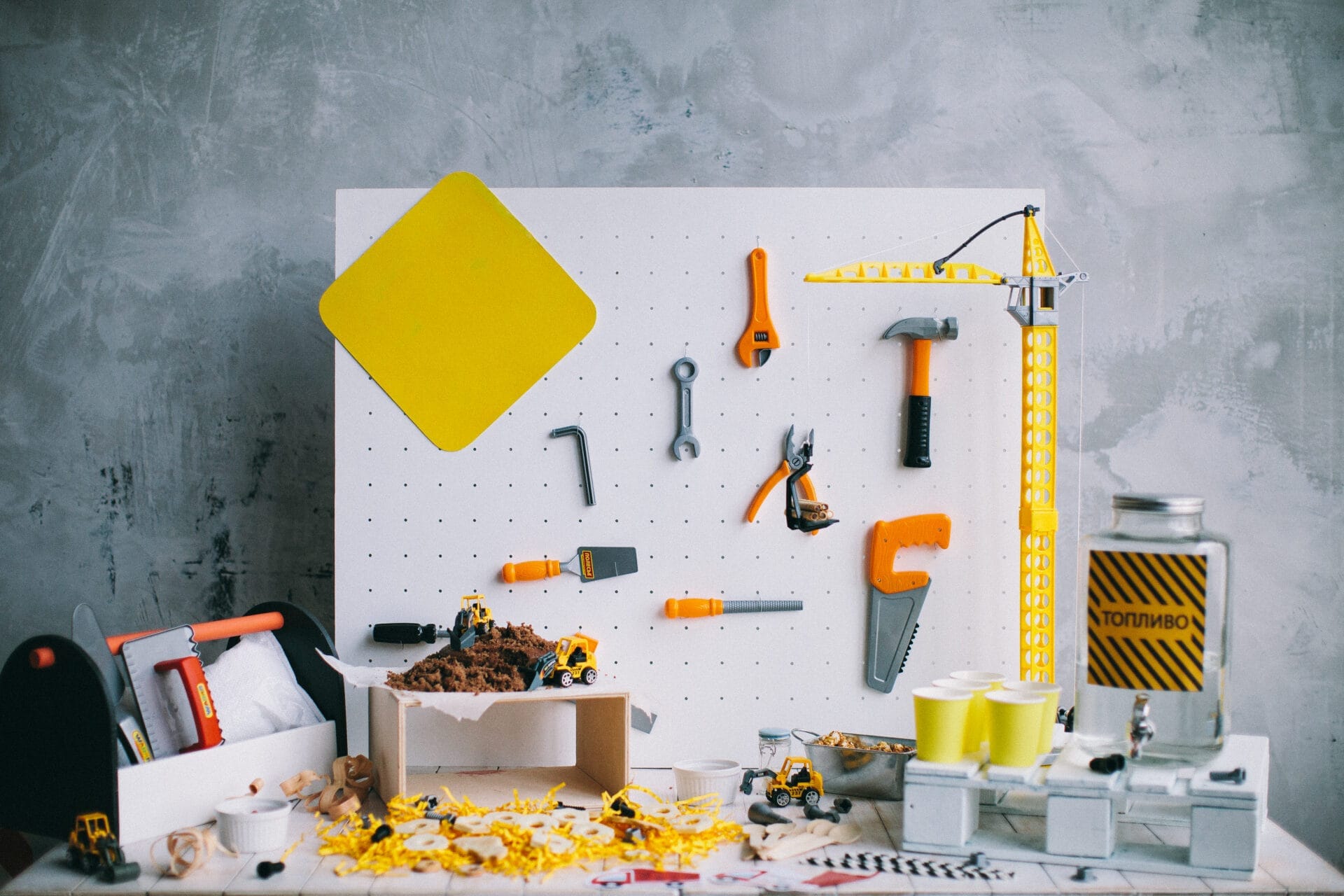Water hammer arrestors are an important plumbing device used to reduce the shock of water pressure changes in a system. They are often installed in homes and businesses to prevent damage from water hammer, which is caused when the velocity of water inside a pipe suddenly changes. The placement of water hammer arrestors is crucial for them to be effective. In this article, we will discuss where water hammer arrestors should be installed in order to provide optimal protection against water hammer.Water hammer is a pressure surge caused by a sudden change in the velocity of water flow within a pipe. It can occur when a valve or faucet is closed quickly, or when there is a rapid change in the pressure of the water supply. The result can be loud banging noise and damage to pipes, valves, and other components of the plumbing system. It is important to arrest water hammer because it can cause wear and tear on piping systems, increase energy costs due to increased pressure losses, and even cause flooding from broken pipes.
What is a Water Hammer Arrestor?
A water hammer arrestor is a device used to prevent the loud banging or thumping sound that can occur in plumbing pipes when a valve is closed quickly. The water hammer arrestor works by providing an air cushion or air chamber which absorbs the energy from the moving water and prevents it from causing damage to the pipes or fixtures. This type of device is often used in homes and businesses to reduce noise caused by sudden changes in water pressure, such as when a washing machine shuts off its supply valve. The installation of a water hammer arrestor can also help to reduce the amount of wear and tear on pipes and other plumbing components.
Water hammer arrestors are typically installed near faucets, valves, and other fixtures where sudden changes in water pressure may occur. It is important to choose an appropriate size for the water hammer arrestor based on the size of piping within the system as well as the amount of pressure expected in the system. Proper installation of a water hammer arrestor is essential for it to work properly and ensure maximum protection against excessive noise and pipe damage.
Understanding the Different Types of Water Hammer Arrestors
Water hammer arrestors are devices used to prevent or reduce the pressure surge that can result from the sudden stoppage of a liquid flowing in a pipe. They are commonly used in plumbing systems and industrial applications to help control water pressure and reduce the risk of damage. There are several types of water hammer arrestors available, and each type has its own advantages and disadvantages. In this article, we will discuss the different types of water hammer arrestors and their uses.
The most common type of water hammer arrestor is a mechanical device that uses a shock absorber to dampen the pressure surge caused by sudden stoppage. Mechanical water hammer arrestors are usually installed at the end of the pipe, just before the shut-off valve. They work by dissipating energy from the incoming liquid flow, and can provide effective protection against high-pressure surges. The downside to this type of arrestor is that it can be quite noisy and require regular maintenance.
Another type of water hammer arrestor is an air chamber device. This type utilizes an air pocket to absorb some of the energy created by a pressure surge. The air pocket acts as a buffer between the pipe and shut-off valve, reducing risk of damage from high-pressure surges. Air chamber devices can be quite effective but they do require some maintenance as well as periodic adjustments for maximum efficiency.
A third option is an electronic water hammer arrestor which utilizes an electric current to dampen pressure surges caused by sudden stoppage. This type is typically more expensive than other types but it does offer superior performance in terms of protection from high-pressure surges. Electronic water hammer arrestors also have fewer maintenance requirements than mechanical or air chamber devices.
No matter what type you choose, it’s important to understand how each one works in order to ensure your system is properly protected against high-pressure surges caused by sudden stoppages in liquid flow. With proper installation and maintenance, any type of water hammer arrestor can provide effective protection for your system and help reduce risk of damage due to high-pressure surges.
Where Should Water Hammer Arrestors Be Installed?
Water hammer arrestors help to protect plumbing systems from the damaging effects of water hammer, a phenomenon that occurs when a valve is quickly closed, causing a pressure surge. Installing water hammer arrestors at key points in the system will help to reduce the chance of damage.
In general, water hammer arrestors should be installed on any line that contains a shutoff valve, such as toilets and washing machines. This is because when these valves are closed quickly, it can cause a pressure surge that can damage pipes and other components in the system.
Water hammer arrestors should also be installed on any line where there is a change in direction or elevation. These changes can also cause pressure surges and should be mitigated with an appropriate water hammer arrestor.
Finally, it is important to install water hammer arrestors at any point where there is an abrupt change in flow rate or velocity. These changes can also cause pressure surges and should be addressed with an appropriate water hammer arrestor.
In summary, water hammer arrestors should be installed on lines that contain shutoff valves, lines with changes in direction or elevation, and lines with abrupt changes in flow rate or velocity. By installing these devices at key points in the system, it will help to ensure that plumbing systems are protected from the damaging effects of water hammer.
Advantages of Installing Water Hammer Arrestors
Installing water hammer arrestors in your plumbing system can provide numerous benefits. They are especially useful in commercial and industrial settings, where high-pressure systems are in use. Water hammer arrestors help to reduce the risk of damage to plumbing fixtures and pipes due to sudden changes in pressure. They also help to reduce noise from water hammering, which can be a nuisance when it occurs frequently. Here are some of the other advantages associated with installing water hammer arrestors:
1. Improved System Performance: Installing water hammer arrestors can substantially reduce the amount of pressure fluctuations caused by sudden changes in flow rate, which can lead to improved system performance and less wear on your plumbing components.
2. Increased Efficiency: Water hammer arrestors help to reduce the energy required for pumping, resulting in increased efficiency and lower operating costs. Additionally, they can help to increase the life expectancy of your plumbing system by reducing wear on pipes and fixtures.
3. Reduced Noise: As mentioned earlier, water hammering can produce loud noises that can be disruptive in certain environments. Water hammer arrestors absorb this noise, helping to keep your environment quieter and more pleasant.
4. Improved Safety: Finally, water hammer arrestors provide an extra layer of protection for your plumbing system. By reducing stress on pipes and fixtures due to sudden pressure changes, they help to make sure that things stay safe and stable at all times.
Overall, installing water hammer arrestors is a great way to improve the performance of your plumbing system while also helping keep it safe from potential damage caused by sudden pressure changes or loud noises from water hammering.

Advantages of Using Water Hammer Arrestors
Water hammer arrestors are devices used to reduce the pressure in the pipes and minimize the shockwaves caused by sudden changes in water pressure. They are installed in water supply lines and are designed to dampen the shockwaves that can cause pipes and fixtures to fail. The main advantage of using a water hammer arrestor is that it can prevent major damage to pipes, fixtures, and appliances due to sudden changes in pressure. Additionally, it can also reduce noise associated with these changes, making them more comfortable for people living in close proximity. Furthermore, they also help conserve energy by reducing the amount of water wasted due to sudden surges in water pressure.
Disadvantages of Using Water Hammer Arrestors
The main disadvantage of using a water hammer arrestor is that they require regular maintenance and upkeep in order to remain effective. If not properly maintained, they can become clogged or otherwise damaged which can result in increased noise levels or inefficient water flow. Additionally, they can be relatively expensive compared to other options for controlling water pressure such as valves and regulators. Finally, they may require professional installation which could add additional cost and time depending on the complexity of the plumbing system.
How to Install a Water Hammer Arrestor
Installing a water hammer arrestor is an important step in preventing the occurrence of water hammering in your home plumbing system. Water hammering occurs when the pressure of water in the pipes suddenly increases, causing a loud banging sound. This sound is caused by the sudden expansion and contraction of the pipes due to the sudden change in pressure. Installing an arrestor can help reduce or eliminate this problem. Here’s how you can install one:
The first step is to identify a suitable location for your water hammer arrestor. The best place to install it is near the shutoff valve for your main water supply line. Make sure that there is enough space around it so that you can easily access it for maintenance and repair.
Once you have identified a suitable location, you will need to prepare the area for installation. Start by shutting off the main water supply line. Then, disconnect all pipes and hoses connected to the shutoff valve, including any connected appliances such as dishwashers or washing machines.
Next, use a pipe wrench to remove any existing fixtures from the shutoff valve and then attach your water hammer arrestor. Make sure that all connections are tight and secure before turning on the main water supply line again.
Finally, check all connections for any leaks or damage and make sure that everything is properly sealed. Once you are done with this step, turn on all connected appliances and check for any signs of water hammering. If there are still issues, you may need to adjust the pressure settings on your arrestor or contact a professional plumber for further assistance.
Installing a water hammer arrestor can be an intimidating task but it doesn’t have to be if you take your time and follow these steps carefully. With some patience and effort, you should be able to successfully install your own water hammer arrestor and have peace of mind knowing that your plumbing system is protected from further damage caused by excessive pressure changes.
Maintenance Requirements for a Water Hammer Arrestor
Regular maintenance of a water hammer arrestor is important to ensure optimal performance. A water hammer arrestor is designed to protect plumbing systems from the destructive pressure shocks caused by sudden changes in the water flow. Without regular maintenance, these shock absorbers can wear out, causing costly damage and disruption to the plumbing system. To ensure that your water hammer arrestor continues to perform as expected, here are some maintenance requirements:
First, check the pressure of the water hammer arrestor periodically. If it is too low or too high, adjust the pressure settings accordingly. This should be done at least once a month to ensure proper operation and prevent excessive wear on the components.
Second, inspect all parts of the water hammer arrestor regularly. Look for signs of wear or corrosion and replace any damaged or worn components as necessary. Check for any leaks in the system and repair them as soon as possible.
Third, make sure that all connections are properly tightened and sealed. This will help prevent leaks from forming and will ensure that the system is operating at peak efficiency.
Finally, test the system regularly by turning on a faucet or shower head to check for any abrupt changes in pressure levels or banging noises. If you notice any signs of abnormal behavior or sounds coming from your plumbing system, contact a professional plumber immediately to investigate further.
By following these simple maintenance requirements you can help keep your water hammer arrestor in top condition and protect your home’s plumbing system from costly damage due to sudden changes in pressure levels.

Conclusion
Water hammer arrestors should be installed at locations in the piping system where sudden changes in velocity are likely to occur. These can be places such as the start and end of a long run, at valves and fittings, or where a long pipe run is connected to a shorter one. Water hammer arrestors should also be installed at each appliance that uses water pressure, such as a washing machine or dishwasher. Proper installation and maintenance of water hammer arrestors will help maintain the integrity of your plumbing system and provide years of reliable service.
Ultimately, water hammer arrestors are an important part of any plumbing system. Installing them correctly is essential for ensuring the longevity of your pipes and appliances. The key is to ensure that they are placed in all the right spots to reduce the risk of water hammer damage. With proper installation and maintenance, your plumbing system will provide years of reliable service.

